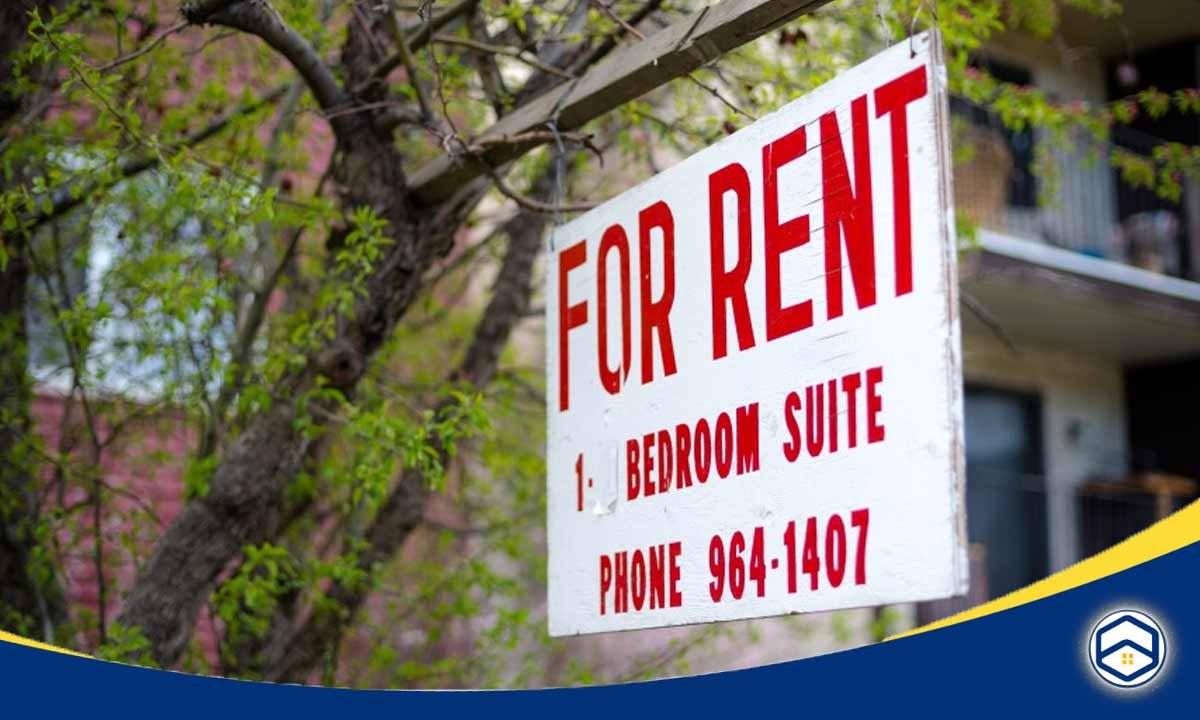What is first and last month rent? Before moving in, landlords usually ask for the first month’s rent and a security deposit. Sometimes, landlords also ask for ‘last month’s rent’, which covers the final month of the lease.
While asking for last month’s rent upfront can give landlords more financial protection, it also has its good and bad sides. It’s important for landlords to weigh their responsibilities and consider what works best for them and their tenants.
What is first and last month rent?

Before moving in, landlords usually ask tenants to pay the first month’s rent and a security deposit. This helps landlords feel more secure in case tenants break the lease or don’t pay rent.
Sometimes, landlords also ask for ‘last month’s rent,’ which covers the final month of the lease. They might ask for this payment when signing the rental agreement.
While asking for last month’s rent upfront can give landlords more financial protection, it also has its good and bad sides. It’s important for landlords to weigh their responsibilities and consider what works best for them and their tenants.
Applying payments for the first and final month’s rent
When landlords get the first and last month’s rent upfront, it’s seen as prepaid or advance rent. According to IRS rules, this money should be counted as income in the year it’s received, no matter when it’s used.
For example, if a landlord gets $2,000 for May and the next April, they should report it as rental income in the first year they receive it.
This helps in handling taxes and making sure the advance rent is included in the right year for tax purposes, regardless of how the landlord manages their accounts.
How to prorate the first and last month’s rent?

Prorating the first and last month’s rent is a common practice in leasing, ensuring tenants pay only for the days they actually occupy the rental unit.
Calculating prorated rent involves a straightforward formula: divide the total monthly rent by the number of days in the month and then multiply by the days the tenant occupies the unit.
For instance, consider a monthly rent of $1,200, and a move-in date on the 10th of a 30-day month. By dividing $1,200 by 30, you get a daily rate of $40. Multiply that by 21 days (including the move-in day), and the prorated rent for that month totals $840.
Landlords often collect the first and last month’s rent along with the prorated amount for the current month upfront.
For instance, if the first month’s rent is $1,500, the last month’s rent is also $1,500, and the prorated amount for the partial month is $580, the total upfront payment from the tenant would be $3,580 ($1,500 + $1,500 + $580).
This helps streamline finances for both landlords and tenants and ensures clarity in rent payments for the duration of the lease. However, it’s essential to adhere to local laws governing the collection of prepaid rent amounts.
Advantages of Collecting First & Last Month’s Rent
Several landlords ask for the first and last month’s rent payment before the tenant moves in. This is done for several reasons, including the benefits of collecting these funds upfront.
Financially reliable tenants

Asking for the first and last month’s rent upfront often brings in tenants who are good with money. These tenants can handle paying a security deposit and two months’ rent in advance, showing they’re financially stable.
This practice helps landlords find renters who are more likely to consistently meet their financial commitments, giving landlords more confidence in their tenants’ ability to manage their finances responsibly.
Additional financial protection
From the landlord’s perspective, collecting last month’s rent upfront is a smart move that offers an extra layer of financial security.
Sometimes, if tenants have only paid a security deposit equal to one month’s rent, they might use it for their last month’s payment. This leaves landlords with no funds to cover any unexpected expenses or damages.
By collecting the last month’s rent on top of the security deposit, landlords have a backup fund. This extra money helps cover unexpected costs during the lease, offering landlords greater financial security and peace of mind.
Disadvantages of Collecting First & Last Month’s Rent
It is important to consider both sides of the story, so it is crucial to examine some of the downsides of collecting the first and last month’s rent payments upfront.
Issues with rent increases

When last month’s rent is applied to the following lease term, problems can arise with rent increases. As rent goes up each year, the money set aside as the last month’s rent may no longer cover the increased rent amount.
To tackle this, landlords might ask tenants to pay the difference in last month’s rent during rent increases.
If landlords don’t collect this extra money each year, they might end up facing financial losses as they won’t have enough funds to cover the rent at the end of the lease.
Decreased number of eligible renters
Requiring tenants to pay the first month’s rent, security deposit, and last month’s rent upfront might reduce the number of people able to rent.
Some potential renters might not have enough savings or be ready to pay all these costs at once. This requirement could make it hard for some folks to consider renting the property, especially when other places don’t ask for last month’s rent.
Needing all these payments upfront might discourage otherwise suitable renters, making fewer people interested in renting the property.
Limited uses
When landlords label the deposit as “last month’s rent,” it can only be used to cover the final month’s rent. Landlords can’t use this money for any damages that exceed the security deposit amount.
This restriction could be problematic if there are damages or repairs that cost more than the security deposit. It means landlords don’t have any extra money to cover these expenses, which could put a strain on handling property-related costs beyond what the security deposit covers.
Guide to collecting first and last month’s rent
Comprehend the State Laws
Landlords usually ask tenants to pay the first month’s rent and a security deposit when they move in. This helps landlords if tenants leave suddenly or don’t pay rent.
It’s important for landlords to know and follow the rules in their state about renting. This way, landlords can do their job well and have legal protection if there are any problems. It makes renting a place safer and more stable for everyone involved.
Ensure that all initial payments are included in the rental contract

The rental agreement is like a contract between the landlord and the tenant. It’s super important because it lays out all the rules for the lease.
To avoid any legal issues, it needs to include important details and rules. This means it should clearly mention all the payments needed at the start, like the first and last month’s rent, and any other fees.
It’s also crucial to get advice on how to handle security deposits or any other money that can be refunded. Making sure these details are in the agreement helps everyone know what to expect and avoids problems later on.
Collect payments for rent and security deposit separately
State rules control how landlords handle security deposits during and after a lease. These rules set limits on deposit amounts and when landlords can keep them.
They also outline how the money should be managed, like where to keep it and if landlords need to pay any interest on it. To follow these rules, it’s important to ask for separate payments for things like fees that can’t be refunded and the security deposit.
This separation helps landlords keep good records of each payment and what it’s for. In many states, landlords must give tenants a receipt for the security deposit, and separate payments make it easier to provide this proof.
FAQs
What’s the difference between a security deposit and last month’s rent anyway?
At lease signing, tenants pay the first month’s rent and a security deposit. The security deposit isn’t meant for paying the last month’s rent.
If tenants don’t pay the last month’s rent, it could lead to legal issues, especially if there are extra expenses for the landlord.
The security deposit is there to cover damages, cleaning, lost keys, or unpaid bills when tenants leave. Landlords use it to ensure the apartment is in good shape for the next tenant.
Last month’s rent only covers the final month’s rent, while the security deposit protects the property.
Can the first and last month’s rent be refundable?
Usually, the first and last month’s rent can’t be refunded unless the lease says so. Landlords might use the last month’s rent for unpaid rent or damages.
They’re not required to give back any extra money. To know if you can get a refund, check the lease agreement and understand its refund policies.
Can I use my security deposit as last month’s rent?
In most cases, you can’t use the security deposit as last month’s rent. The security deposit is there to cover any damages beyond normal wear and tear or unpaid rent.
If you use the security deposit as rent, it could result in penalties or even eviction. It’s crucial to check the lease agreement for specific rules and guidelines regarding the use of the security deposit.
Conclusion
First and last month’s rent are common requests from landlords. It provides financial security, but reporting it to the IRS is necessary. It can attract reliable tenants but might limit options and create issues with rent increases. Understanding refund policies and the difference between security deposits and last month’s rent is crucial.








